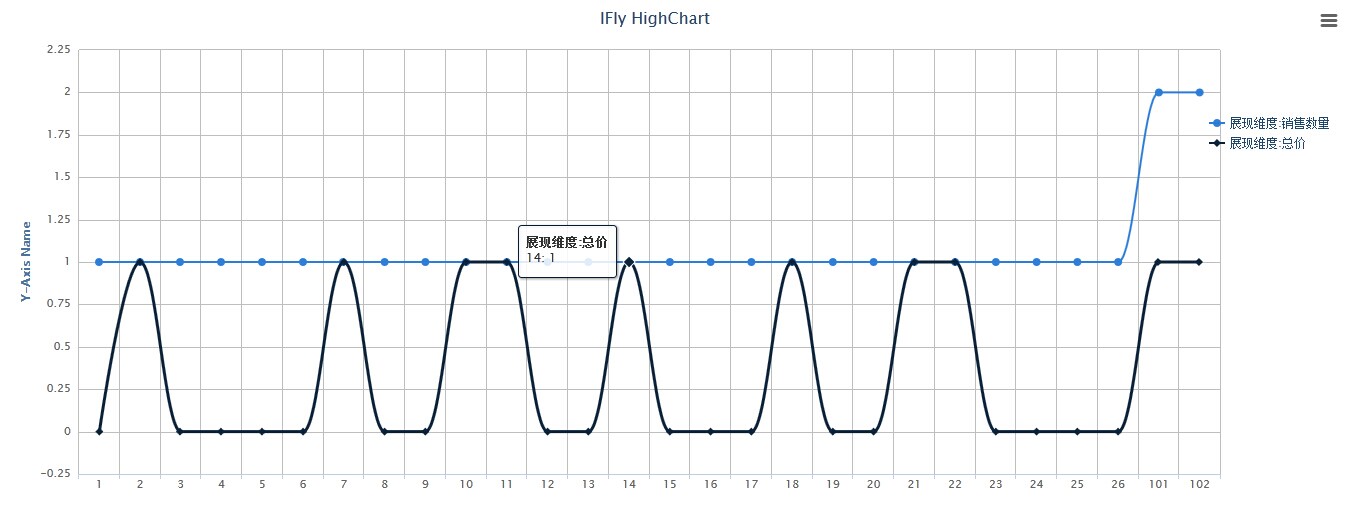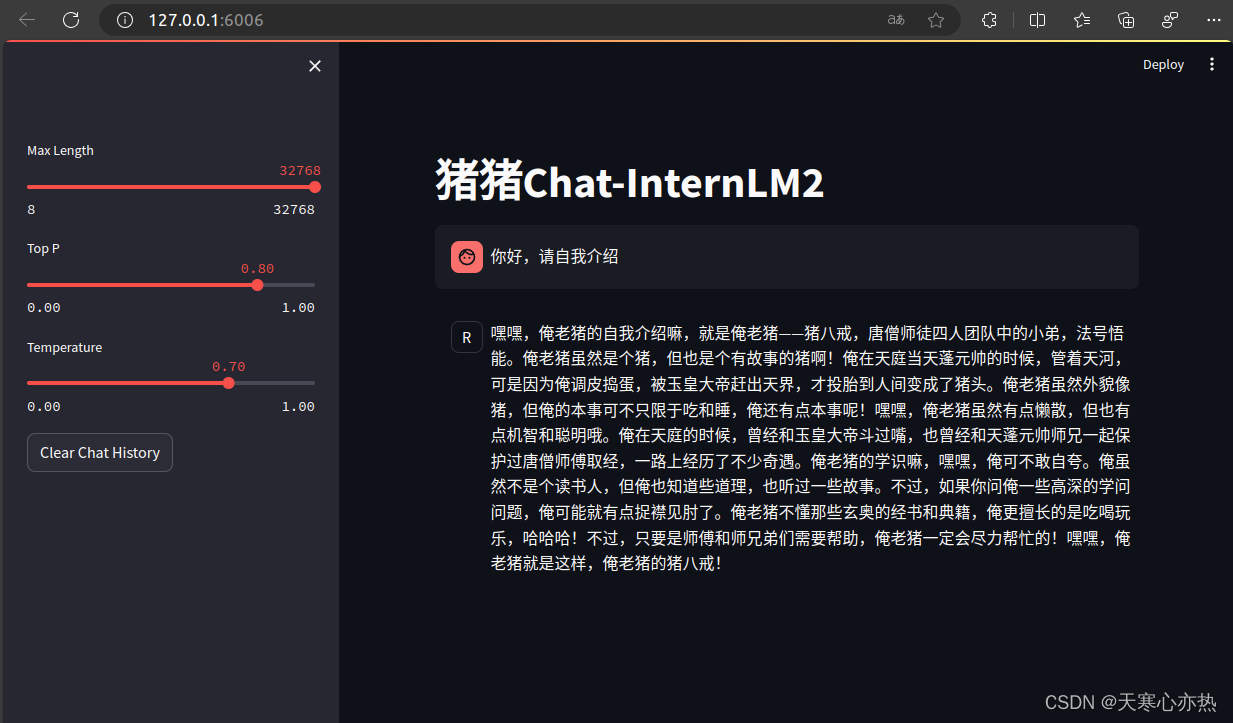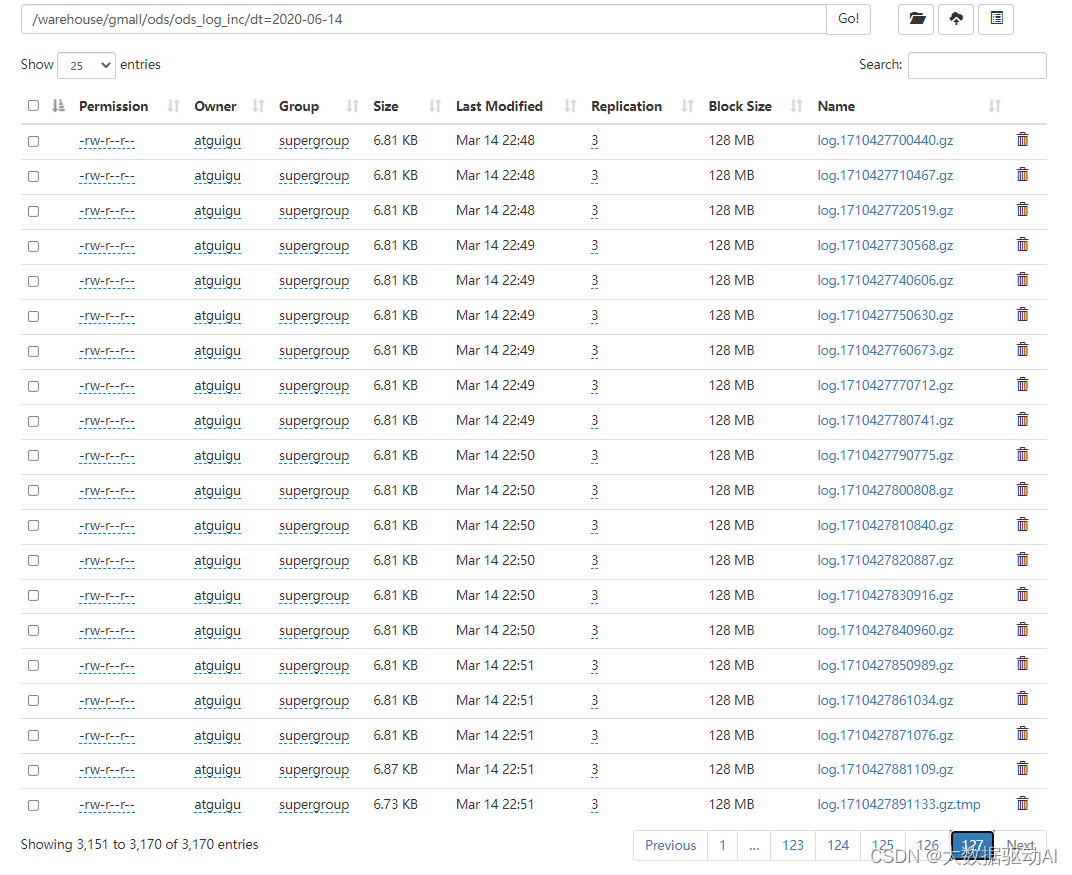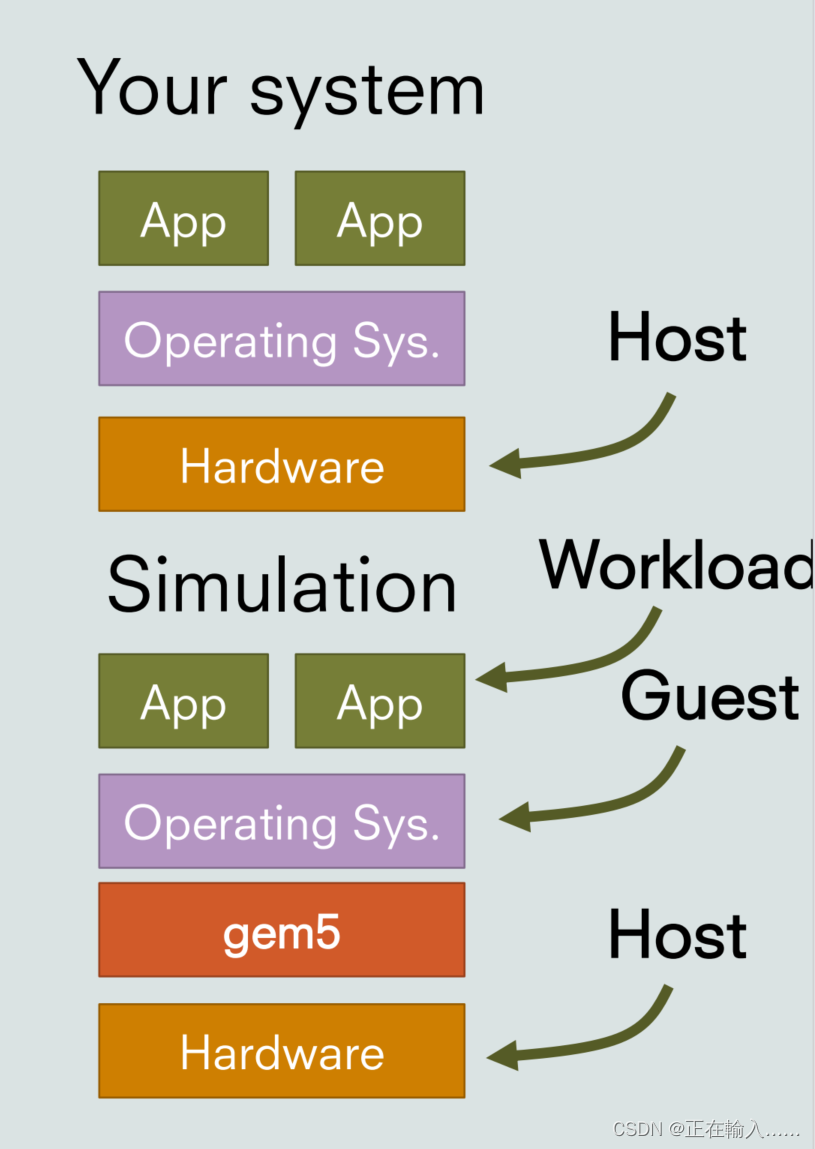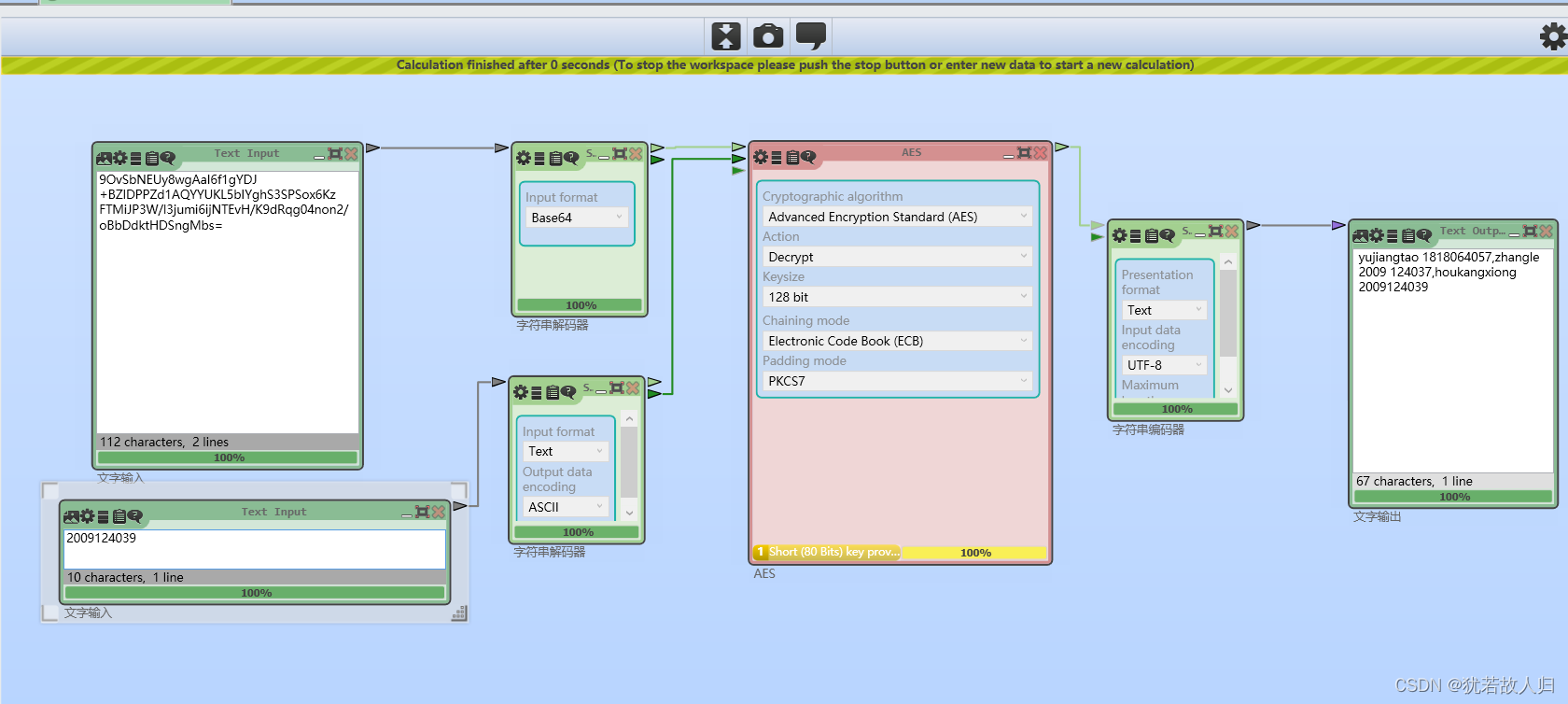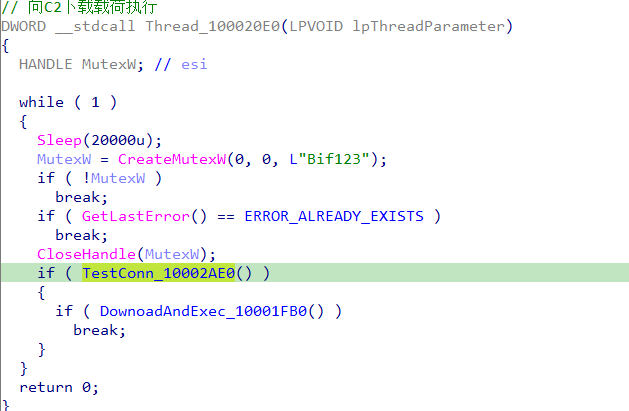目录
- 引言
- 机器人仿真
- 环境准备
- 代码实现
- 1. 导入库
- 2. 设置参数
- 3. 日志配置
- 4. OPC UA通信
- 5. 备份旧CSV文件
- 6. 主函数
- 总结
引言
OPC UA(Open Platform Communications Unified Architecture)是一种跨平台的、开放的数据交换标准,常用于工业自动化领域。Python因其易用性和丰富的库支持,成为实现OPC UA通信的不错选择。本文将介绍如何使用Python进行OPC UA通信,并实时记录从FANUC机器人获取的数据。
机器人仿真
FANUC机器人可以使用官方软件RoboGuide进行机器人仿真,启动后默认OPC UA地址为127.0.0.1:4880/FANUC/NanoUaServer。

环境准备
- Python 3.5+
- opcua库:用于实现OPC UA通信
- logging库:用于记录日志
安装opcua库:
pip install opcua
代码实现
1. 导入库
import csv
from datetime import datetime
import logging
import os
import shutil
import time
from typing import List
from opcua.common.node import Node
from opcua import Client, ua
2. 设置参数
SERVER_URL = "opc.tcp://127.0.0.1:4880/FANUC/NanoUaServer"
CSV_FILENAME = 'fanuc_opcua_data.csv'
FAUNC_LOG = 'fanuc.log'
LOG_DIR = 'log'
BACKUP_DIR = 'backup'
3. 日志配置
def getLogger(filename: str):
if not os.path.exists(LOG_DIR):
os.makedirs(LOG_DIR)
logger = logging.Logger(filename[:-4].upper(), logging.INFO)
formatter = logging.Formatter("%(asctime)s - %(name)s - %(levelname)s %(message)s")
fh = logging.FileHandler(LOG_DIR + "/" + filename, encoding="utf-8", mode="a")
fh.setFormatter(formatter)
ch = logging.StreamHandler()
ch.setFormatter(formatter)
logger.addHandler(fh)
logger.addHandler(ch)
return logger
LOGGER = getLogger(FAUNC_LOG)
4. OPC UA通信
- 连接到服务器
def connect_to_server(url):
client = Client(url)
client.connect()
return client
- 获取根节点和对象节点
def get_root_node(client: Client):
return client.get_root_node()
def get_objects_node(client: Client):
return client.get_objects_node()
- 遍历所有子节点并返回变量节点的路径和数值
def get_variables(node: Node, path=""):
variables = {}
children: List[Node] = node.get_children()
for child in children:
try:
name: ua.QualifiedName = child.get_browse_name()
new_path = f"{path}/{name.Name}"
if child.get_node_class() == ua.NodeClass.Variable:
value = child.get_value()
if isinstance(value, list):
value = ','.join(str(x) for x in value)
if isinstance(value, str):
value = value.replace('\n', '\\n').replace(',', ' ')
variables[new_path] = value
else:
variables.update(get_variables(child, new_path))
except Exception as e:
LOGGER.error(f"Error fetching variable: {new_path}, Error: {e}")
return variables
5. 备份旧CSV文件
def backup_csv_file(filename):
if not os.path.exists(BACKUP_DIR):
os.makedirs(BACKUP_DIR)
if os.path.exists(filename):
modification_time = os.path.getmtime(filename)
modification_time_str = datetime.fromtimestamp(modification_time).strftime('%Y%m%d%H%M%S')
new_filename = f"{BACKUP_DIR}/{filename}_{modification_time_str}"
try:
shutil.move(filename, new_filename)
LOGGER.info(f"文件已移动到 {new_filename}")
except Exception as e:
LOGGER.error(f"移动文件出错: {new_filename}, Error: {e})
6. 主函数
if __name__ == "__main__":
try:
client = connect_to_server(SERVER_URL)
root_node = get_root_node(client)
objects_node = get_objects_node(client)
backup_csv_file(CSV_FILENAME)
with open(CSV_FILENAME, mode='w', newline='') as csvfile:
num = 0
while True:
variables = get_variables(objects_node)
if num == 1:
writer = csv.DictWriter(csvfile, fieldnames=variables.keys())
writer.writeheader()
writer.writerow(variables)
csvfile.flush()
num += 1
LOGGER.info("数据记录:" + str(num))
time.sleep(1)
except KeyboardInterrupt:
print("程序被用户中断")
finally:
client.disconnect()
记录数据预览:

总结
本文介绍了如何使用Python进行OPC UA通信,并实时记录从FANUC机器人获取的数据。通过使用opcua库,我们可以轻松地连接到OPC UA
完整代码:
import csv
from datetime import datetime
import logging
import os
import shutil
import time
from typing import List
from opcua.common.node import Node
from opcua import Client, ua
# OPC UA服务器的URL
SERVER_URL = "opc.tcp://127.0.0.1:4880/FANUC/NanoUaServer"
# CSV文件名
CSV_FILENAME = 'fanuc_opcua_data.csv'
# 日志文件
FAUNC_LOG = 'fanuc.log'
# 文件夹
LOG_DIR = 'log'
BACKUP_DIR = 'backup'
def getLogger(filename: str):
if not os.path.exists(LOG_DIR):
os.makedirs(LOG_DIR)
logger = logging.Logger(filename[:-4].upper(), logging.INFO)
formatter = logging.Formatter("%(asctime)s - %(name)s - %(levelname)s %(message)s")
fh = logging.FileHandler(LOG_DIR + "/" + filename, encoding="utf-8", mode="a")
fh.setFormatter(formatter)
ch = logging.StreamHandler()
ch.setFormatter(formatter)
logger.addHandler(fh)
logger.addHandler(ch)
return logger
LOGGER = getLogger(FAUNC_LOG)
def connect_to_server(url):
"""创建客户端实例并连接到服务端"""
client = Client(url)
client.connect()
return client
def get_root_node(client: Client):
"""获取服务器命名空间中的根节点"""
return client.get_root_node()
def get_objects_node(client: Client):
"""获取服务器的对象节点"""
return client.get_objects_node()
def get_variables(node: Node, path=""):
"""遍历所有子节点并返回变量节点的路径和数值"""
variables = {}
children: List[Node] = node.get_children()
for child in children:
try:
name: ua.QualifiedName = child.get_browse_name()
new_path = f"{path}/{name.Name}"
if child.get_node_class() == ua.NodeClass.Variable:
value = child.get_value()
if isinstance(value, list):
value = ','.join(str(x) for x in value)
if isinstance(value, str):
value = value.replace('\n', '\\n').replace(',', ' ')
variables[new_path] = value
else:
variables.update(get_variables(child, new_path))
except Exception as e:
LOGGER.error(f"Error fetching variable: {new_path}, Error: {e}")
return variables
def backup_csv_file(filename):
"""如果CSV文件已存在则备份"""
if not os.path.exists(BACKUP_DIR):
os.makedirs(BACKUP_DIR)
if os.path.exists(filename):
modification_time = os.path.getmtime(filename)
modification_time_str = datetime.fromtimestamp(modification_time).strftime('%Y%m%d%H%M%S')
new_filename = f"{BACKUP_DIR}/{filename}_{modification_time_str}"
try:
shutil.move(filename, new_filename)
LOGGER.info(f"文件已移动到 {new_filename}")
except Exception as e:
LOGGER.error(f"移动文件出错: {new_filename}, Error: {e}")
if __name__ == "__main__":
try:
client = connect_to_server(SERVER_URL)
root_node = get_root_node(client)
objects_node = get_objects_node(client)
backup_csv_file(CSV_FILENAME)
with open(CSV_FILENAME, mode='w', newline='') as csvfile:
num = 0
while True:
variables = get_variables(objects_node)
if num == 1:
writer = csv.DictWriter(csvfile, fieldnames=variables.keys())
writer.writeheader()
writer.writerow(variables)
csvfile.flush()
num += 1
LOGGER.info("数据记录:" + str(num))
time.sleep(1)
except KeyboardInterrupt:
print("程序被用户中断")
finally:
client.disconnect()




